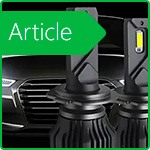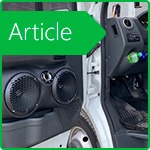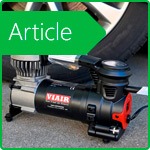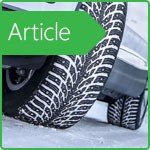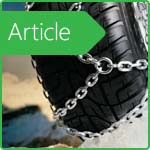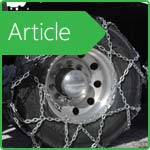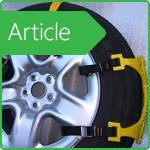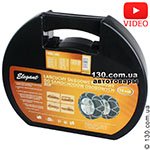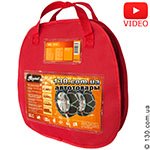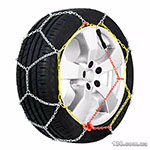We increase the cross-country ability of the car in winter
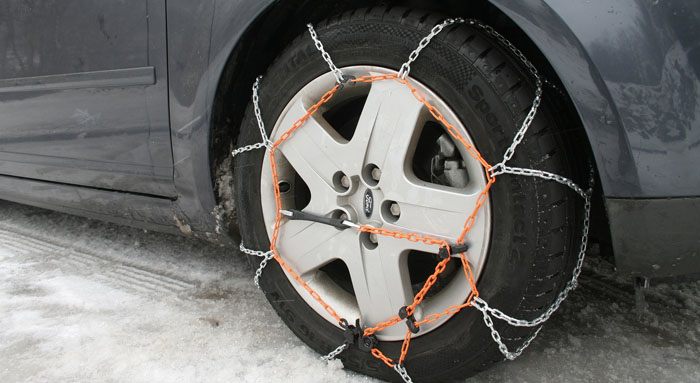
With the arrival of real winter, many drivers are faced with already thoroughly forgotten problems-how to leave an uncleared yard, get through an icy area into a garage or car wash box, or, say, “leak out” along a snow-covered path to a country cottage. Here are the most effective solutions that will help in solving such problems.
Even if your car is equipped with an expensive high-tech "spike" or "Velcro" from a renowned manufacturer, this does not guarantee that you will be able to get through the snowy "swamp".
The lamellas will quickly become clogged with snow, an ice crust will roll from the slip, and the grip of the tires will decrease. Of course, a shovel will remove many problems. However, this indispensable tool is not always at hand, and you are unlikely to want to clear tens of meters of the road, and if the task is to drive, say, to a country house, then this is exactly what we will be talking about. Therefore, we have identified three effective tools for increasing flotation in the snow.
Biting wheels
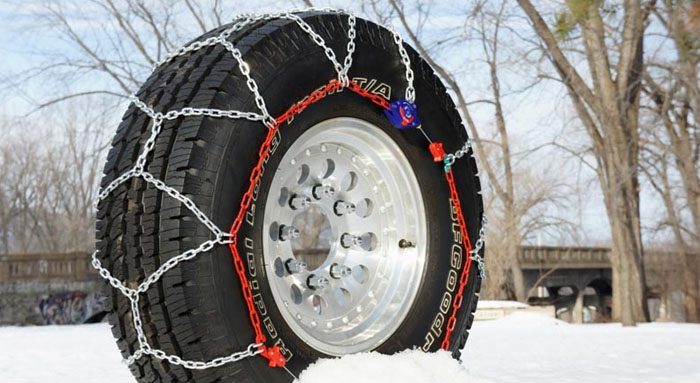
Jeepers are familiar with this technique. When the permeability of the car drops sharply when driving through slippery and loose soils, the craftsmen practice such a proven method as bleeding the wheels.
As a rule, first, by pressing on the valve stem of the nipple, the tire pressure is lowered to 1.5 atmospheres, if the permeability as a result does not increase enough, the air is vented to 1 atmosphere and even to 0.8 atmospheres. As a result, the contact patch is significantly increased, while the "shoe" still confidently holds the weight of the car.
The main thing is to observe two rules-do not exceed 40 km/h and do not turn the steering wheel sharply in a rut, so that the wheels are not disassembled. And, of course, don't get carried away. It is not worth driving tens of kilometers on flat tires (except if you use special reinforced off-road tires). Otherwise, the tires may suffer-damage to the cord and the formation of hernias.
Nevertheless, on half-flat wheels it is quite possible to overcome a problem area, climb an icy slope or leave a yard not cleared of snow without any harmful consequences for tires. What else do you need to keep in mind?
That with this method you will need a pump and a pressure gauge, and even better-a compressor with a pressure gauge. In principle, for speed, the wheels can be lowered by eye, but inflating-already with a pressure check. And do not be afraid that such a procedure will steal a lot of your time. If you are armed with a compressor plugged into your car's cigarette lighter, everything will take you no more than ten minutes.
Chains and lugs
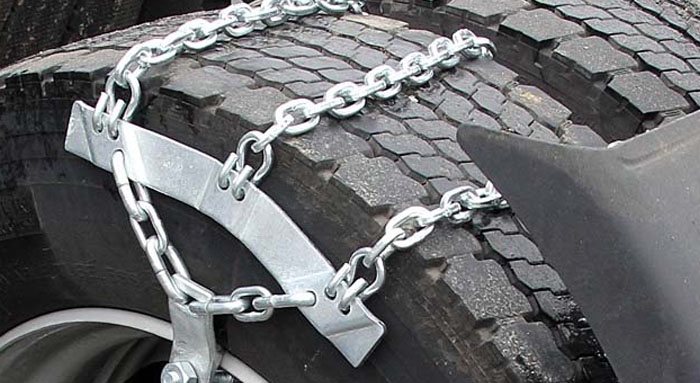
If driving through deep snow and ice is a frequent scenario, then it makes sense to keep snow chains in the trunk, which consist of longitudinal cables connected by links. When choosing such "devices" you need to take into account the model of the car, the diameter of the disc, the width and height of the tire. At the same time, all models today are made of durable alloys that can withstand the maximum load and, at the same time, are easy to use.
How to put on chains? The device unfolds in front of the car, after which its links are smoothed out-this will eliminate overlap and increased load on the tires.
Then we run the wheel over the chain, after which we straighten the protection and fasten it with special hooks or external fastening locks. Do not use the chains on the wheels on soft surfaces, such as in a snow rut. This is fraught with deformation of tires, especially low-profile rubber. Remember to adjust the tension after fixing.
The structure should grip the wheels tightly and not wobble. There is also such a variety of chains as composite chains, which are also called meshes because of the characteristic pattern of the tread part. If you don't want to mess with chains, use anti-skid bracelets.
The latter can also be made on the basis of chains, but with more compact and cheaper. Or, alternatively, you can tie pieces of cable or thick ropes (best of all, mountaineering) across the tire, passing them between the spokes of the wheel. Another useful "device" for our purposes is special plastic ties-special durable clamps with lugs, which should also be kept ready when going out into the countryside in winter.
Sand trucks
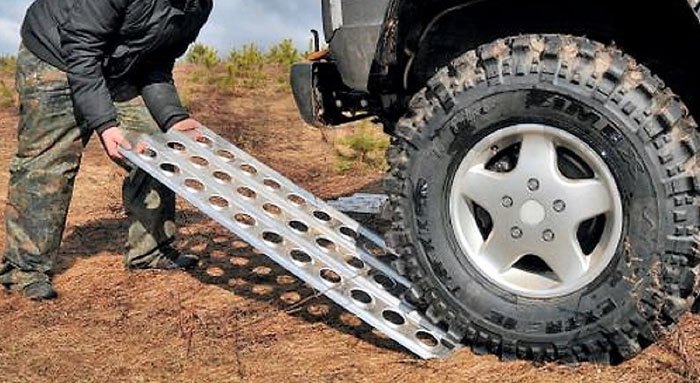
It will not be superfluous to carry with you in winter the so-called tracks-small tracks that look like caterpillars. Such devices are also called traction belts and sand trucks. This is the simplest and most effective foundation for freeing your car from mud and snow. All you need to do is slip the tracks under the drive wheels.
After that, the car will easily roll onto the truck, like onto a caterpillar, and get out of a snow (as well as a sand or dirt trap) on its own. Sand trucks come in different configurations, sizes (designed for large SUVs and compact "cars", length from 700 mm to 1.5 m) and material (rubber, composite, aluminum, metal).
The advantage of more expensive, metallized models is that they can be straightened during deformation, unlike composite analogs. Remember also that elasticity is an important quality of plastic sand trucks. High-quality products can withstand heavy loads and, after deformation, easily regain their shape.
However, it is not surprising that there are many cheap fakes of low-grade plastic on the market today, which break in the cold and under stress. Therefore, if you are aiming at the polymer option, do not skimp on the products of well-known brands. And you can buy high-quality snow chains at 130.com.ua with delivery in Kiev, Odessa, Kharkov and all over Ukraine.
Related materials
Snow Chains: Best Sellers

Stay tuned for updates!
Subscribe to our Telegram channel and be the first to receive useful materials.
Subscribe









